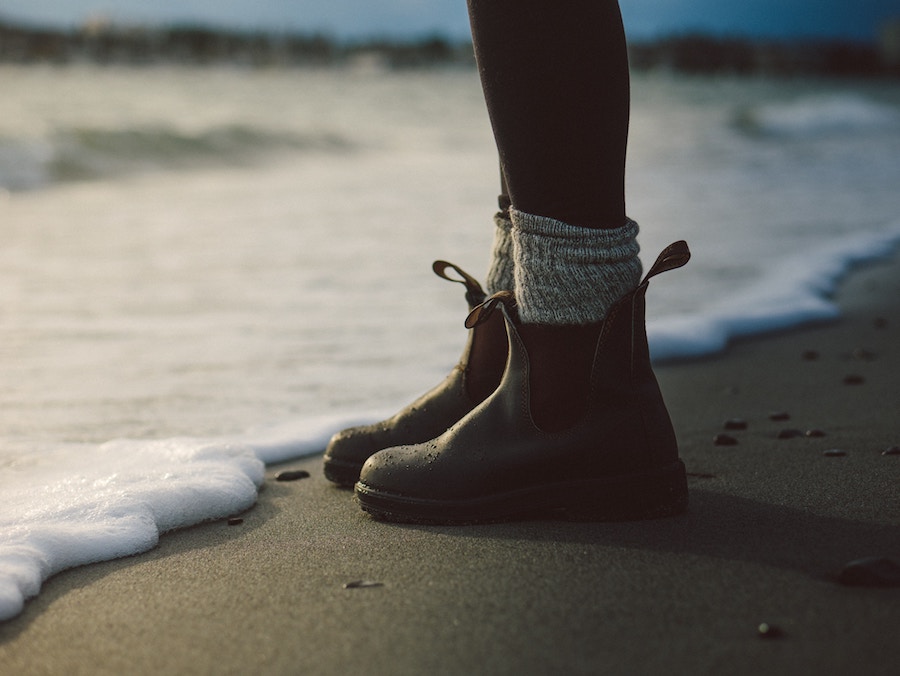
I am a creature of habit.
Every morning, I browse one of my four usual advice columns as I eat two eggs, toast and tea. I tackle the same chores on the same days of the week. I love the second in a series of murder mysteries because by the second book, I know what to expect. And every night after I put the kids to bed, I pick up my journal and write one page, just like every night before.
I brace myself for changes of routine, like taking my children to the science museum or an hour trip to the beach. I balk when my husband asks if I want to watch a new sitcom or drama—and consider stopping TV altogether when my favorites end the season or their run. When we take vacation, I get twitchy without my Swifter on Mondays, Wednesdays, and Fridays.
Sometimes, I feel a little sorry for my family, especially my husband. Spontaneous, I am not.
You might read all this and think I need therapy.
Good news! I go every other week!
But the truth is, choosing routine, choosing sameness, choosing ordinary is not a sign of brokenness for me.
It is a measure of newfound strength.
Before I was a creature of habit, I was a creature of anxiety. Growing up, ugly surprises happened over and over and over. I had little control over the forces that tore apart my family, pecked at my faith, hurt those I loved. I put my head down and survived, but the stress created stuck with me.
For years in early adulthood, surviving—heart racing, second-guessing, and frantic effort—was my default. Every morning, I faced a tide of anxiety before I even got out of bed. I did not know why it was so hard for me to relax, to sleep, to be creative. I did not realize how tightly wound I was.
But every time I found something that settled me, that stilled me—just for a second—I grabbed onto it like a life raft.
At first, I found peace by accident. Later, I connected the dots and started seeking stillness on purpose. I’ve learned each day to pay attention to what spreads in my heart like ripples in a pond. I learned to say no to everything that doesn’t.
As I pursue calm habits, I’ve learned two things.
First, I’ve learned that out-of-the-ordinary is in the eyes of the beholder.
I see people engaged with full schedules beautifully, and I salute them, and stay home. I see people who manage to keep abreast of pop culture and engage wittily with it, and I applaud their savvy without tuning into their suggestions. I see people travel regularly or wear twenty different hats and I commend them for their flexibility from the comfort of my couch. I see people marching for social justice and I celebrate their efforts online, then choose, whenever possible, activism that fits my temperament better.
Their extraordinary isn’t mine, their lives not right for me, and vice versa. Lack of comparison is another still, safe place to rest.
The other thing I’ve learned is that peace is an over-and-over, tough-britches choice. It means saying no to spending time with friends during my non-negotiable quiet time with my kids. It means not writing after 5 pm. It means leaving the room if a TV show turns violent. It means turning down fun nighttime activities if I have therapy that week to keep from busyness.
Peace is a firm, sincere no. Calm is a hard choice. Out-of-the-ordinary—however you define it—does not happen by chance.
I live a life with a wide, wide margin. Absolutely, some of that is privilege—being able to afford me staying home, having the resources, a few years ago, to pay down persistent debt. But there’s choice involved, too: choosing housing we could truly afford. Saying no to commitments that drain me. Watching out for routines that give me space to breathe.
If stress ratchets up in my life, I take drastic measures to find whatever still, small point of equilibrium is available.
For me, peace is out of the ordinary. Sleeping all night, not rushing my children to activities, being able to breathe—these are unfathomable treasures. So too is the beauty of every precious choice, and the star-lit quiet of accepting who my soul wants me to be.
originally posted at Lindsay Smallwood’s site. Photo by Max Conrad on Unsplash


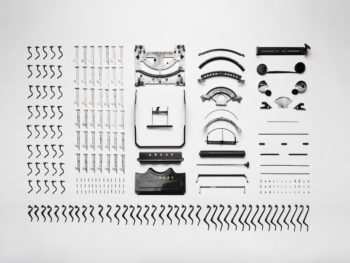
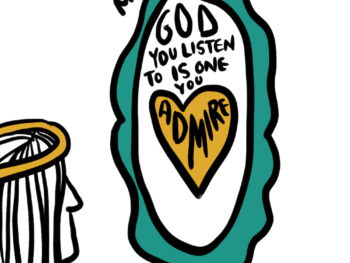
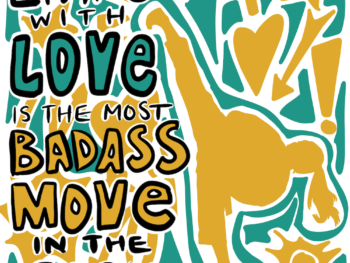
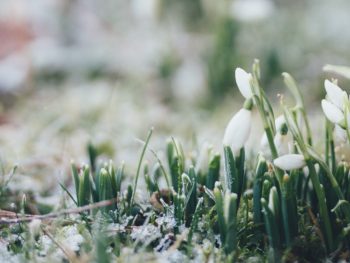
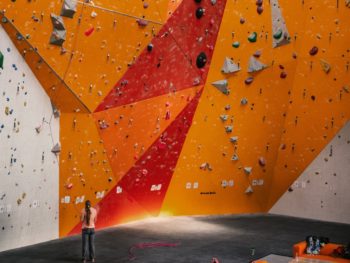
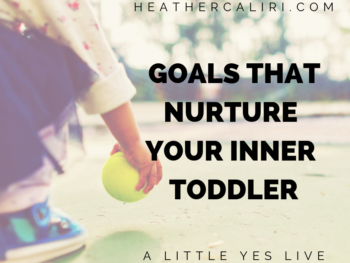
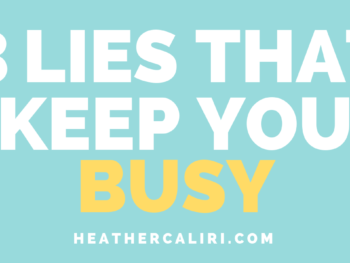
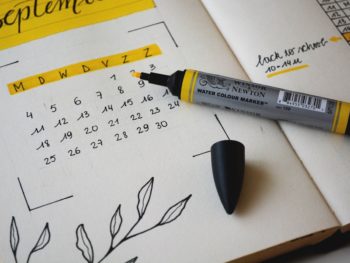
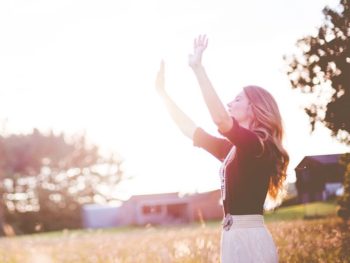
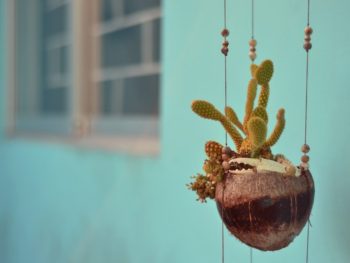
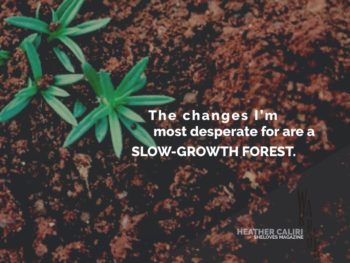
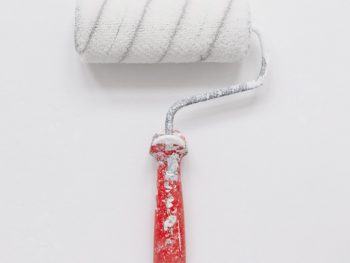
 I Did Not Want to Go to My Grandmother’s Funeral for The Mudroom
I Did Not Want to Go to My Grandmother’s Funeral for The Mudroom